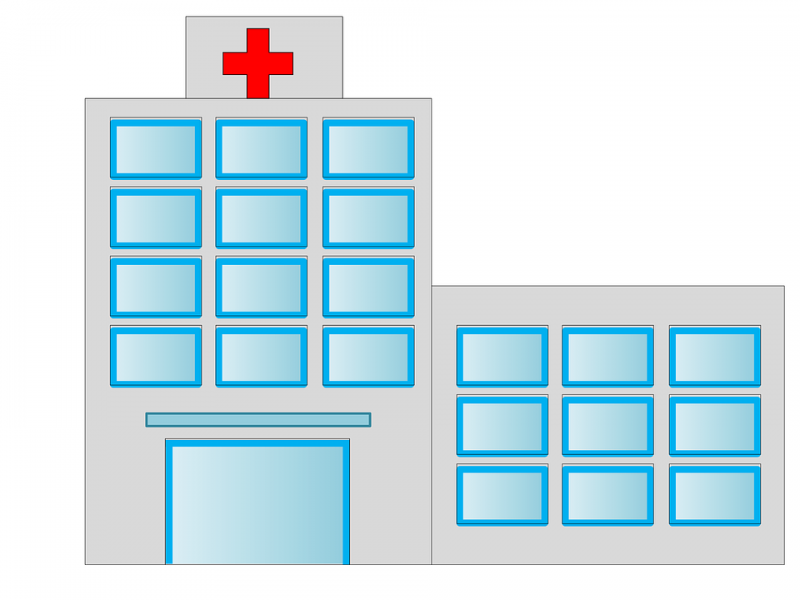Lack of Water and Sanitation in Hospitals Mars SDG Progress
Published on by Water Network Research, Official research team of The Water Network in Academic
Only 2 per cent of hospitals and clinics in lower and middle-income countries (LIMCs) provide patients with good quality services across the four key areas of water, sanitation, hygiene and waste management.
The finding comes from the first study to provide a baseline measure of environmental conditions in healthcare facilities to support progress towards the UN Sustainable Development Goals (SDGs). It looked at more than 130,000 facilities worldwide, and found that half of them lacked regular access to piped water.

Representative image, source: Pixabay
The study also warned that around 40 per cent of hospitals and clinics in LIMCs are short of hand-washing soap. The same percentage of facilities cannot provide infectious waste disposal, and three out of four do not have enough sterilisation equipment.
To come up with the estimates, researchers at the Water Institute of the University of North Carolina in the United States compiled data from various sources including UN reports and peer-reviewed literature.
“Nearly 60 per cent of facilities do not have reliable electricity, making it difficult to deliver babies at night, refrigerate vaccines, and provide other critical services,” says Ryan Cronk, one of the authors of the paper
The study, published this month (11 January) in the International Journal of Hygiene and Environmental Health, looked at six countries in detail: Bangladesh, Haiti, Malawi, Nepal, Senegal and Tanzania.
Among them, Bangladesh had the highest proportion of facilities with sewer access; but even then, only 17 per cent of hospitals and clinics pipe their wastewater into a sewage system. Access to clean water and wastewater treatment is one of the biggest problems healthcare facilities face in LIMCs.
Read full article: Sci Dev Net
Media
Taxonomy
- Drinking Water Security
- Drinking Water Treatment
- Sanitation
- Water & Sanitation
- Sanitation & Hygiene
- Drinking Water
- Water Sanitation & Hygiene (WASH)